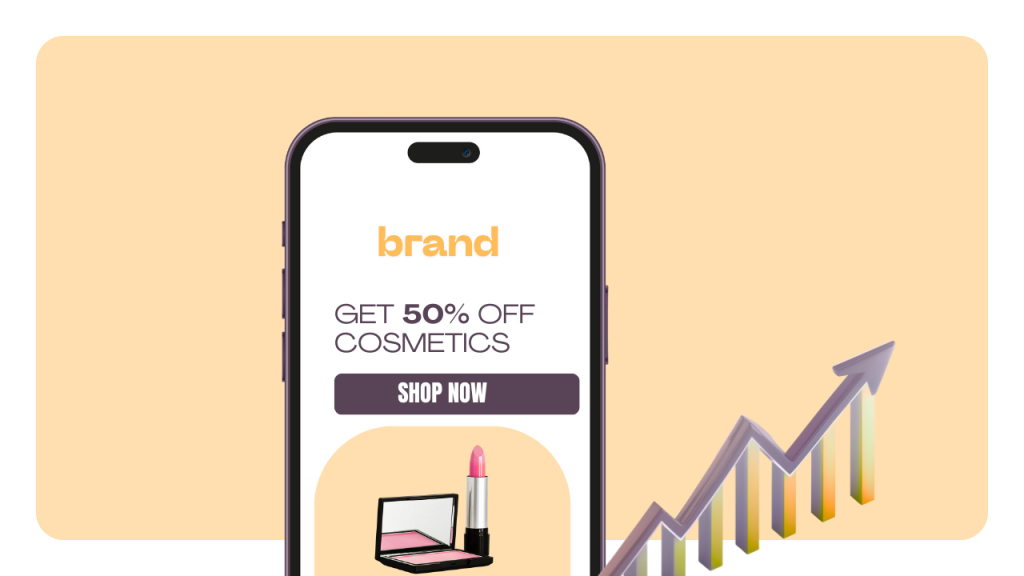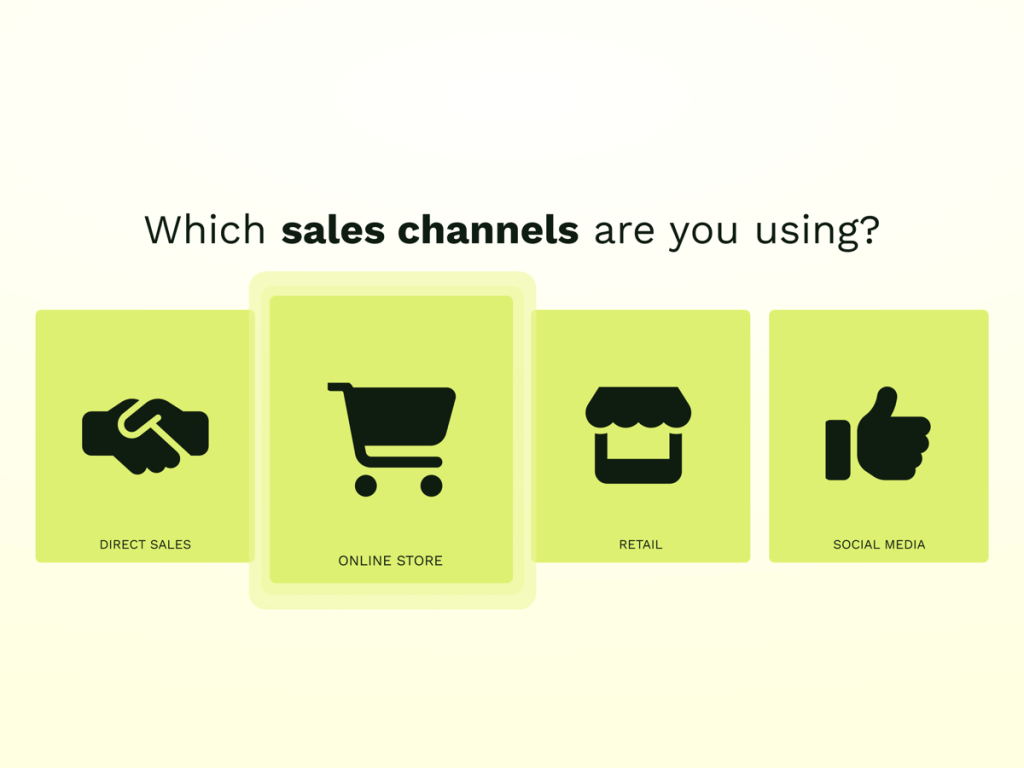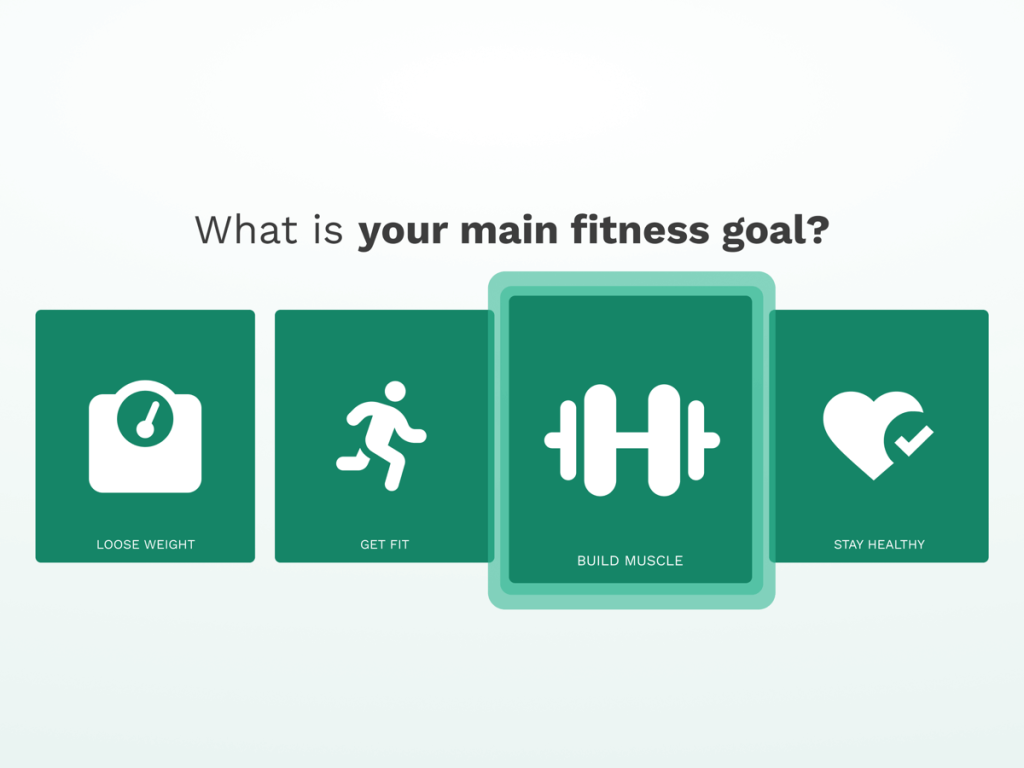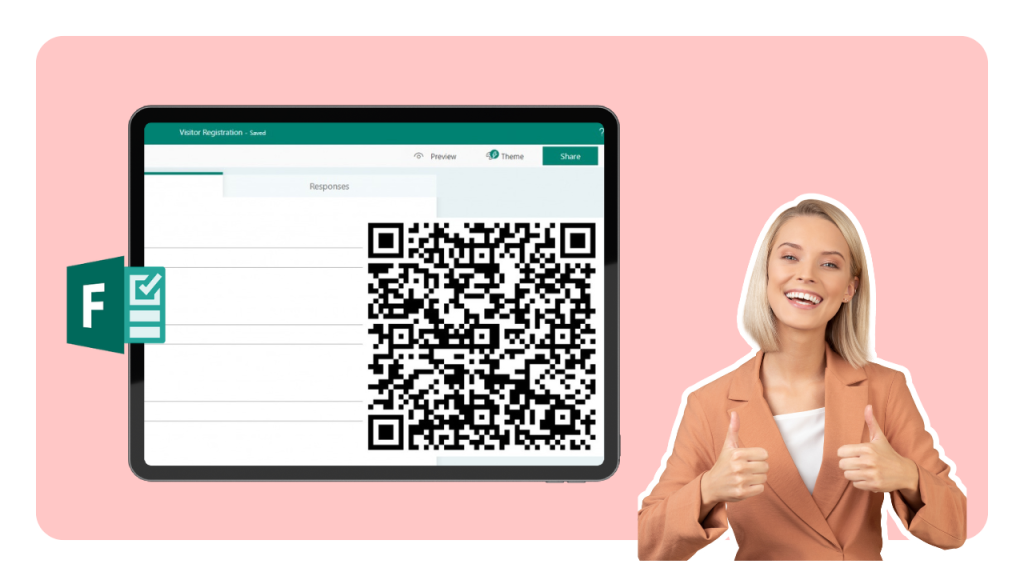Landing pages have come a long way. Early ones were static, plain, and looked the same for everyone.
Now it’s 2026. Visitors expect pages that load fast, look great on mobile, feel personal, and reflect your brand.
Why follow modern design trends?
Attention is scarce. People are juggling screens and distractions.
Experience drives conversions. A smooth, credible flow beats a clunky one.
Design shapes trust. A fresh, polished look says you’re relevant.
This guide breaks down today’s key landing page statistics, the top landing page design trends of 2026, and how involve.me (landing page builder) helps you apply them, no coding needed.
Perfect for marketers, designers, and business owners who want to know what works now.
Key Landing Page Design Statistics for 2026
To design well you first need to understand what the data is telling us. Here are some of the most relevant insights.
Conversion rates vary by industry: The median landing page conversion rate across all industries is about 6.6%, but this ranges from lows around 3.8% (for SaaS) up to 12.3% in events/entertainment.
Mobile vs. desktop engagement: Mobile devices now dominate landing page traffic, accounting for roughly 83% of visits on average.
Page load speed impacts conversions: Slow pages kill conversions. For example, landing pages that load in under 3 seconds have a 32% higher conversion rate than those that take longer.
Personalization and testing pay off: Data-driven optimization is proven to increase landing page success. Personalized landing pages (tailored to specific audience segments or using dynamic content) can improve conversions by up to 202%, by delivering more relevant messaging to each visitor.
A/B testing: Continual A/B testing yields significant gains, one set of studies found that systematic A/B testing of landing page elements leads to around a 30% improvement in conversion rates on average. The majority of top optimizers run at least 1-2 tests per month to fine-tune their pages. The lesson: leverage personalization and frequent experimentation to keep improving your page’s performance.
Top Landing Page Design Trends for 2026
Several design trends have emerged as key to high-converting, user-friendly landing pages. Below we break down the most important trends and how to apply them:
Minimalist & Distraction-Free Layouts
In 2026 the pull is toward clean, focused layouts that strip away unnecessary elements and distractions so that a visitor’s attention is drawn directly to the core message and call to action (CTA).
You increase clarity and reduce cognitive friction by limiting the number of competing choices. Designs use generous whitespace, simple navigation (or none), and a single prominent CTA because every additional option dilutes focus.
Bold Typography & Short Copy
With shorter attention spans and mobile dominance, typography and copy need to work harder. Expect to see oversized, expressive fonts paired with concise, high-impact headlines.
The supporting copy is kept tight and scannable. Rather than long paragraphs, designers use micro-copy and strategic emphasis to deliver the value proposition quickly. The goal is readability, immediacy and visual personality.
Personalized & Dynamic Landing Pages
One-size-fits-all is out. Landing pages in 2026 increasingly adapt to visitor segments, behavioural data and traffic source.
For example, through conditional flows and multi-step funnels you might present different headlines, visuals or offers depending on whether the visitor came from an ad, organic search, or email.

AI-Powered Landing Page Design
Artificial intelligence is now entering the toolkit for designers and marketers. From generating layout suggestions and headlines to creating image variations and even predicting performance, AI tools are helping speed up design and optimize results.
involve.me’s AI Agent is positioned to assist users in generating trend-aligned landing page designs quickly: you specify your goal, audience and offer, and the AI suggests a starting layout and design elements you can customize further.
Data-Driven & Test-Oriented Design
Design trends in 2026 are not just aesthetic but backed by analytics. A/B testing, heatmaps, visitor recordings and segmentation inform design decisions.
For instance, which color of button generates more clicks? Which layout drives more form submissions? involve.me’s built-in analytics dashboard allows you to track engagement and conversion data, generate AI-driven reports and iterate your design based on performance insights.
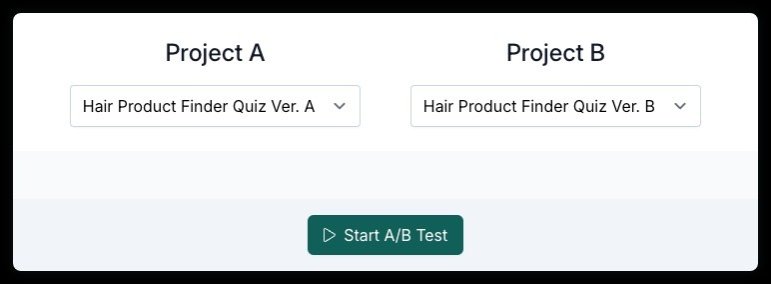
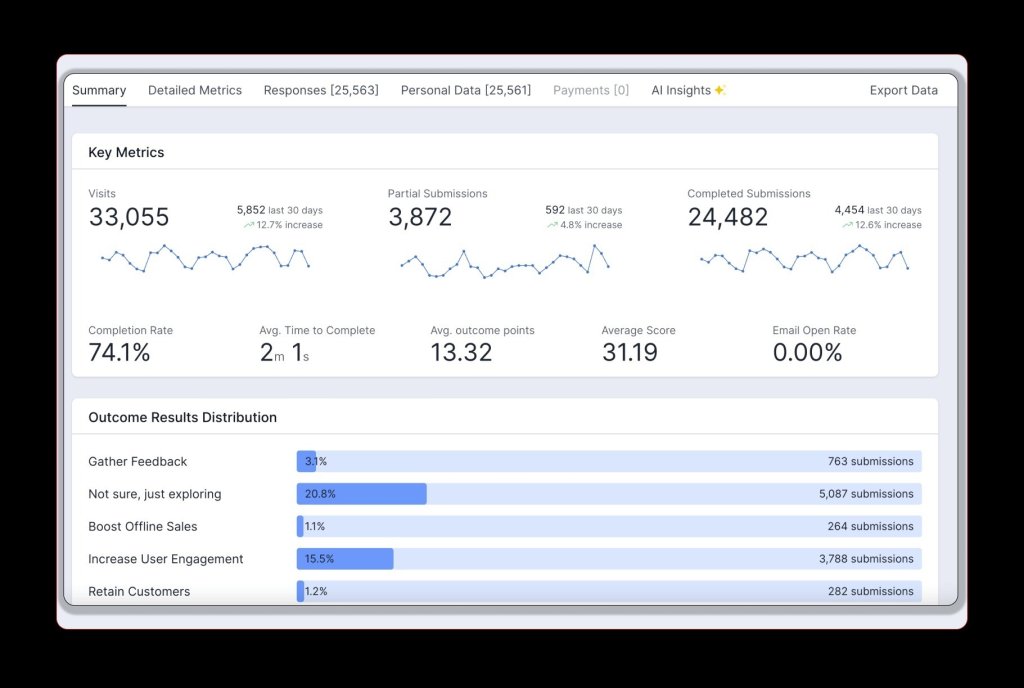
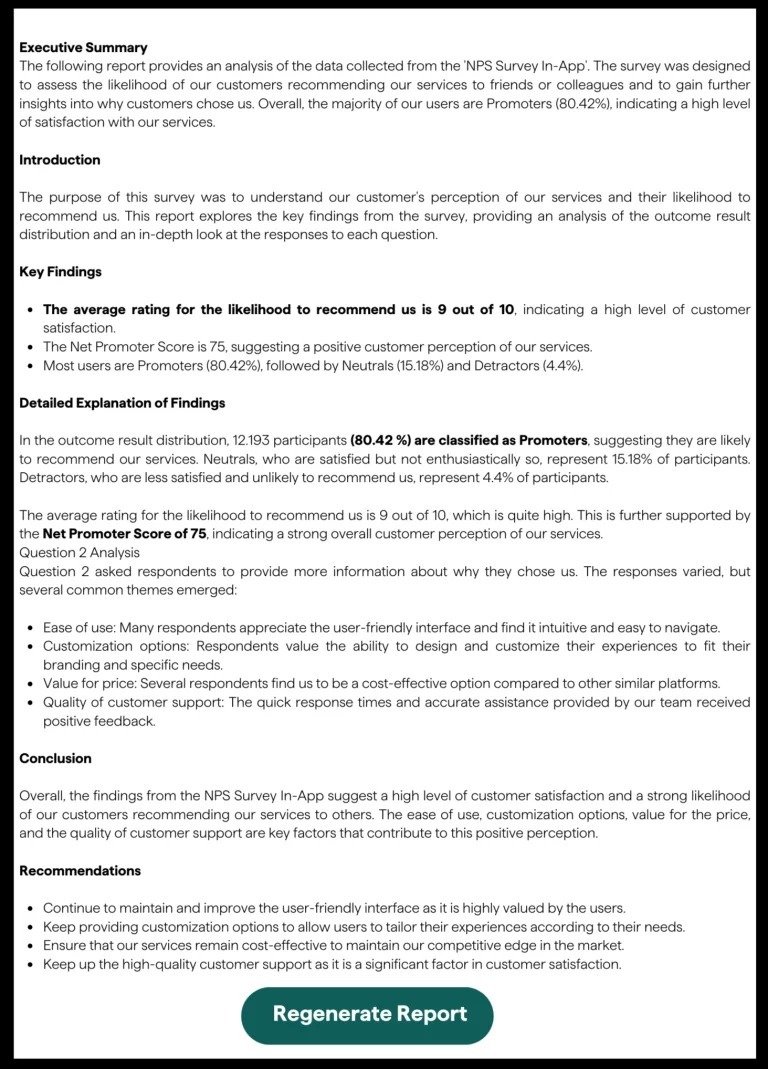
Motion & Micro-Interactions
Static pages are still valid but motion and subtle animation are increasingly used to engage, guide attention, and delight visitors.
Buttons that slightly grow or change color when you hover. Icons or illustrations that move as you scroll. Sections that gently fade or slide into view as you move down the page.
These tiny touches do more than look nice, they provide visual feedback, direct the user’s eye, and make a page feel interactive and alive.
Studies on UX indicate that such micro-interactions, though small, can make a page feel more responsive and intuitive, which ultimately contributes to higher user satisfaction and even conversion rates.
Dark Mode & High-Contrast Themes
As dark mode becomes more mainstream across operating systems and apps, landing pages are following suit. High-contrast themes are not only aesthetically modern but improve accessibility and reduce eye strain. In 2026 you’ll see brands offering both light and dark mode versions of their landing pages, improving adaptability and brand differentiation.
Mobile-First & Responsive Design
By now mobile isn’t optional, it’s the starting point. In 2026, landing pages are constructed with mobile in mind: fast loading, adaptive layouts, thumb-friendly buttons, and minimalist content. Designers optimize for smaller screens first, then scale up.
Since many visitors arrive via mobile but convert more on desktop, the challenge is bridging that gap by ensuring mobile gives a seamless path to conversion or re-engagement. If you're still designing your landing pages for desktop first and treating mobile as an afterthought, you’re likely missing out on conversions big time.
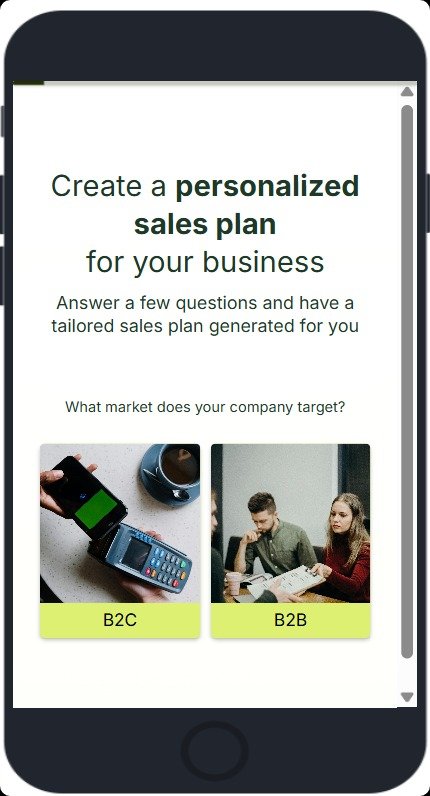
Landing Page Design Trends by Industry
While most design trends apply across the board, different industries lean into certain elements to better connect with their audiences. Here’s how landing pages are evolving in 2026:
SaaS (Software-as-a-Service)
SaaS pages keep it clean and distraction-free, often no top menu, just a clear path to sign up or start a free trial. Social proof is everywhere: rows of customer logos, short testimonials, and trust-building stats. The tone feels modern and friendly, using simple illustrations to explain features.
Most follow a proven structure: a headline that hits a pain point, a product screenshot, and a bold CTA like “Get Started – Free.” You’ll often find short explainer videos or looping GIFs that show the product in action.
E-commerce
In e-commerce, the product takes center stage. Expect large, high-quality visuals, sometimes even 360° views or quick lifestyle clips showing the item in use.
Copy stays brief and benefit-focused, while bold CTAs like “Shop Now” or “Add to Cart” stay visible at all times. Storytelling is on the rise too.
Brands highlight what makes them special (sustainability, craftsmanship, purpose) to create emotional buy-in. And social proof drives urgency: reviews, star ratings, “Only 3 left in stock” messages, or sale countdown timers.
(Fun fact: adding product videos to landing pages can boost conversions significantly by up to 80% in some cases).
Education / HR / Nonprofit
Landing pages for education, HR, and nonprofits focus on trust and human connection. You’ll often see warm imagery, smiling faces, diverse groups and messaging that feels friendly and authentic. Education pages highlight outcomes: student success stories, placement stats, or key course benefits.
Nonprofits showcase their mission and impact. These pages are often longer, with more detail sections, clear typography, and accessible colors. Credibility boosters like accreditation seals or partner logos are common. HR and recruitment pages often feature forms, sometimes multi-step or quiz-style to guide users gently toward a personalized action, like “Find the right program for you.”
B2B / Enterprise
B2B landing pages in 2026 focus on lead capture and upfront value. Common tactics: gated content (like e-books or reports), ROI calculators, or assessment tools that double as lead magnets.
The look is polished and professional, often using brand colors and industry imagery. These pages prioritize trust and clarity, forms are prominent, CTAs like “Get a Free Demo” or “Download the Report” are hard to miss.
Trust signals, such as awards, case studies, or stats like “Join 5,000+ businesses using our platform” add credibility fast. Since B2B buying decisions are rarely solo, many pages include PDFs or shareable resources for team review. Visually, you’ll notice sleek layouts, clear typography, and sometimes dark-mode designs for that tech-forward, serious tone.
Create Your Own Landing Page
Get Started with 350+ Templates
B2B Lead Magnet Template
B2B Product Finder Template
B2C Lead Magnet Template
Final Words
As we’ve seen, modern landing-page design trends for 2026 are less about adding more, and more about being smarter, faster and more personalized. The winning pages will be those that combine simplicity (fewer distractions, clearer messaging) with relevance (personalized content, dynamic flows), supported by tools that let you iterate based on data. Typography, motion, dark mode, mobile optimization and AI-assisted workflows will all play a role.
If you’re ready to apply these trends, involve.me offers the toolkit to do so without code. Whether you’re building a campaign landing page, a lead-capture funnel or a signup flow, start designing modern, on-trend pages with involve.me, no code, just creativity.
Create a landing page in minutes
No coding, no hassle, just better conversions.
References
12 Essential Landing Page Statistics for 2024
https://backlinko.com/landing-page-stats
New Report Reveals An 8% Mobile Landing Page Conversion Gap
40 Most Important Conversion Rate Statistics for 2024 - Invesp
https://www.invespcro.com/cro/statistics/
Leveraging Micro-Interactions to Enhance Landing Page User Experience
https://www.site123.com/learn/leveraging-micro-interactions-to-enhance-landing-page-user-experience

